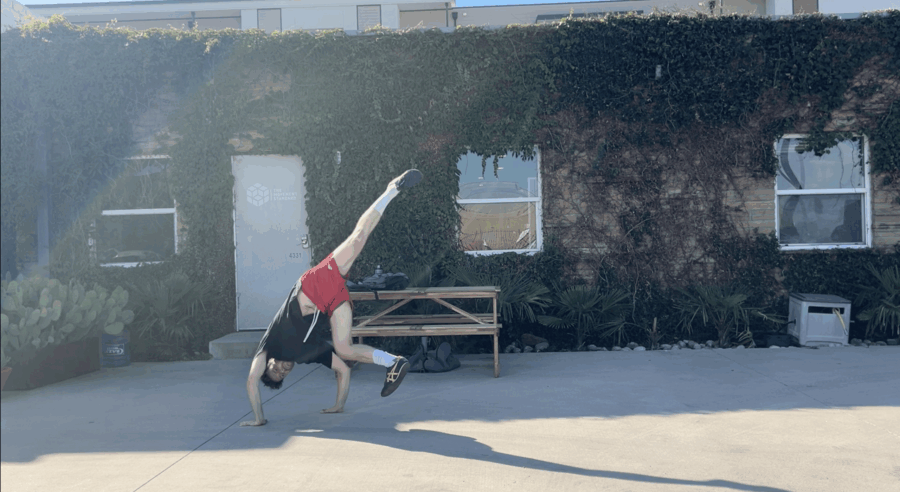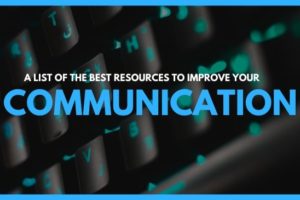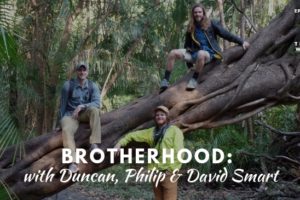If left to my own devices, I tend to do the same things every day, defaulting to what I know and what’s comfortable. This conditioning applies to both my physical behavior and also to the mind. It’s easy to get stuck within a single paradigm. To keep the same perspective for years (or a lifetime) and never change.
In my experience, this approach of doing only what I know, what I’m good at, and what comes naturally is an approach that limits potential and eventually leads to a dead end. If we do the same things every day, how can we expect to change? And not just superficial change but change in the sense of deep transformation. Repetition alone doesn’t offer that result, which is why the process also requires variation.
Variation keeps us from becoming hyper-specialized individuals, people who attach to a single perspective, those unable to see the bigger picture or connect the dots.
With programming tailored to the movement generalist, we broaden our perspective and avoid specialization. We dig deep enough to find water but we also don’t drink from the same well our entire life. Changes in programming keep our perspective open, varied, adaptable, and anti-fragile. Otherwise, we could easily get stuck in one groove, repeating the same patterns again and again.
Admitting that my perspective alone lacks variation is the first step to finding a practice directed by a teacher. Generalist movement programming is one solution to help us break free from repetition, expand our perspective, and cultivate a more aware body and mind.

Why is programming important?
Programming acts as a map. A guide for attention, learning, and self-observation. Student and teacher assess goals, interests, and weaknesses then program accordingly.
Instead of following generic protocols or creating piecemeal schedules based on Instagram posts, I receive a prescription, a dosage, and an external source for feedback. Together, this guidance helps me learn and explore at a faster rate than going at it alone. Not for the sake of quickness, but born from the desire of not wanting to waste time.
Access to an external, objective perspective helps me see myself and the world more clearly. When we only have one perspective, it can be easy to fall into delusion. By admitting I don’t have all the answers, I gain access to a friend on the path, someone who has navigated the territory before, and someone who helps me avoid common pitfalls. In turn, I see something previously unseen. I work towards both repetition and variation and reap the benefits of seeing the bigger picture.

How does programming work?
Programming works similarly to studying subjects in school. Since movement is too broad a topic to study without categorization, we divide the whole of possible knowledge into digestible subject matters which we call containers.
Movement containers represent a possibility, discipline, or perspective. Examples include: straight arm strength, object work, environmental work, floor work, movement quality… the list goes on.
These containers might stay the same for months but change completely over the years. For instance, at one point in time, I practiced a lot of rail work and floor work, but not so much recently, subbing them out for unexplored containers. I try to find a balance between studying containers that I like and studying those that are most unlike me, ones I have yet to embody. Meanwhile, the map from previously studied containers continues to show up and transcend what came before.

Movement Scheduling
Scheduling movement programming starts with how many hours of practice one is willing to dedicate each day. Currently, I allocate two and a half or three hours daily toward movement practice.
I typically practice one higher strenuous container each day (some kind of strength work) alongside a variety of 2-3 other lighter containers like movement terminology, movement quality, somatic work, or object work. This approach allows me to explore multiple directions at once. Movement then becomes a lifestyle, spread throughout the day as opposed to a “one-and-done” workout approach to life.
As I practice, I record myself and share videos with my teacher, who then gives me feedback. This direct level of feedback accelerates learning since there’s always another cue to implement and quality to refine.
I typically hold onto programs for 3-4 months at a time out of laziness. If I was more on top of things, mostly recording myself and sending over videos, I could change programs every couple of months. When that time comes, I’m excited to explore new and fresh content.
But these days, I’m less interested in the content itself. There is something that underlies all content that gets carried through to the next round of programming, in each and every moment, even if that container doesn’t show up again. This is the deeper layer of study, one that I hope continues to make itself clearer in time.

The Choiceless Chooser
I originally wanted to title this post “Choosing Choicelessness” to emphasize the paradox of practice (but decided that title was a bit too esoteric). Still, the idea remains. We consciously choose to engage with programming, which makes way for choicelessness to show up.
I practice what’s given. The content doesn’t matter so much as the practice itself. Whatever arises in the field of self-study is fine by me. Now, I can focus on practice and less on choice, a decision that offers its own kind of freedom.

Programming as Self-Observation
Practicing movement doesn’t make me a better person. Anyone can practice anything, but does that lead to transformation? In this case, practice offers a window and a mirror to observe oneself. Practice provides a map for how to improve in all walks of life. It teaches presence, leaning into discomfort, and adapting to what I am not. I commit to doing something each day even though I might not want to, an attempt at transcending likes and dislikes, pleasant and unpleasant, picking and choosing.
I see this strategy also yielding fruits in other domains of life. In Vipassana meditation, there is a strict two-hours-a-day protocol, a dosage I haven’t committed to in months, but one that I can attest to giving incredible results. In writing, committing to phases of crafting a thousand words a day has allowed me to write two books (The Trail Provides + True Nature), and more recently, the first draft of a third. Much can happen if we commit to choosing choicelessness.
I’ve found there are few better ways to explore oneself than to commit to programming. If you want to get started with movement, you can contact me via my email (smartdavid@mac.com). Both online and in-person options exist. If you want to discover more training options with my teacher, discover more at his website for the Movement Standard.
Wishing you well,
David





Leave a Reply
I guarantee 100% privacy. Your information will not be shared.